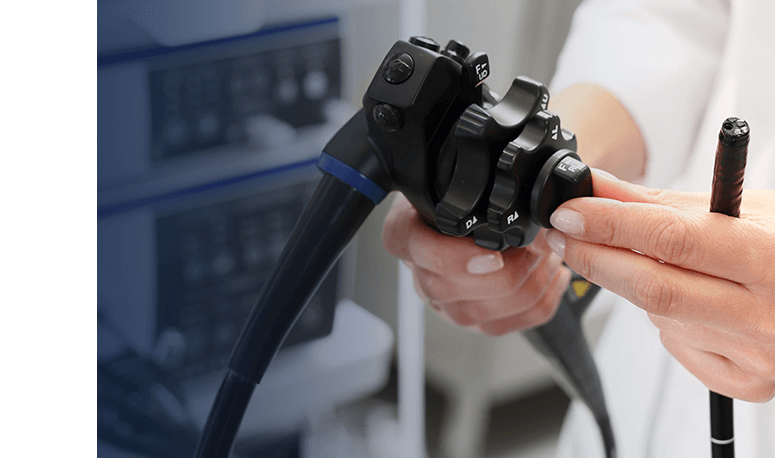Capsule Endoscopy: A Non-Invasive Alternative to Traditional Endoscopy

Capsule endoscopy is a non-invasive and advanced endoscopy procedure that allows doctors to examine the inside of the digestive tract, particularly the small intestine. It has proven to be a highly effective diagnostic tool, especially for evaluating the small bowel, which is largely inaccessible with standard endoscopy.
Capsule endoscopy may be used to detect conditions that traditional diagnostic methods often miss, particularly in the small intestine, which is a notoriously difficult area to examine comprehensively.
Conditions that may be diagnosed with capsule endoscopy include:
While traditional endoscopy remains vital in gastroenterology, capsule endoscopy offers a modern, non-invasive alternative. These procedures differ in:
Preparation typically begins the day before the procedure. Patients are often advised to consume only clear liquids and may be prescribed a laxative to empty the bowel. From 10 PM onwards, fasting is usually required, meaning no food or drink.
On the morning of the procedure, you must skip breakfast to ensure your stomach remains empty. Eating can typically resume a few hours after swallowing the capsule, though specific instructions may vary depending on the individual case.
Finally, it is vital to be completely honest about your medical history and all medications you are taking, as certain conditions or drugs can interfere with the capsule's ability to transmit data.
The procedure begins by attaching sensor patches to the patient’s torso. These sensors connect to a recording device worn on a belt. After setup, the patient swallows the capsule with water.
Inside the body, the capsule uses built-in lights and a miniature camera to capture thousands of images as it moves through the gastrointestinal tract. These are transmitted wirelessly to the recording device. The imaging frequency may adjust based on movement to ensure key areas are well-documented.
The procedure lasts around eight hours or until the capsule is naturally passed in the stool. Once complete, the images are downloaded and reviewed as a video for diagnostic analysis.
Most patients can resume regular activities immediately after swallowing the capsule. However, they must avoid removing the recording device or sensor patches until advised.
Dietary instructions will be provided—typically allowing clear liquids after a few hours and a light meal later in the day. Patients are generally advised to avoid strenuous activity and strong magnetic fields (such as MRI machines) until the capsule has passed.
If you experience nausea, vomiting, cramps, or severe abdominal pain, contact your doctor immediately.
The capsule usually passes within one to two days. If it has not passed within two weeks, follow-up imaging may be recommended. In cases of post-procedure constipation, increased fluids and fibre may help, though medical advice should be sought before using laxatives.
Capsule endoscopy is considered safe, but as with any procedure, there are potential risks:
Capsule endoscopy presents a safe and non-invasive method to examine parts of the digestive system that are otherwise difficult to access, especially the small intestine. While it does not replace traditional endoscopy in every case—particularly when therapeutic intervention is required—it serves as a valuable diagnostic tool when used in the right context.